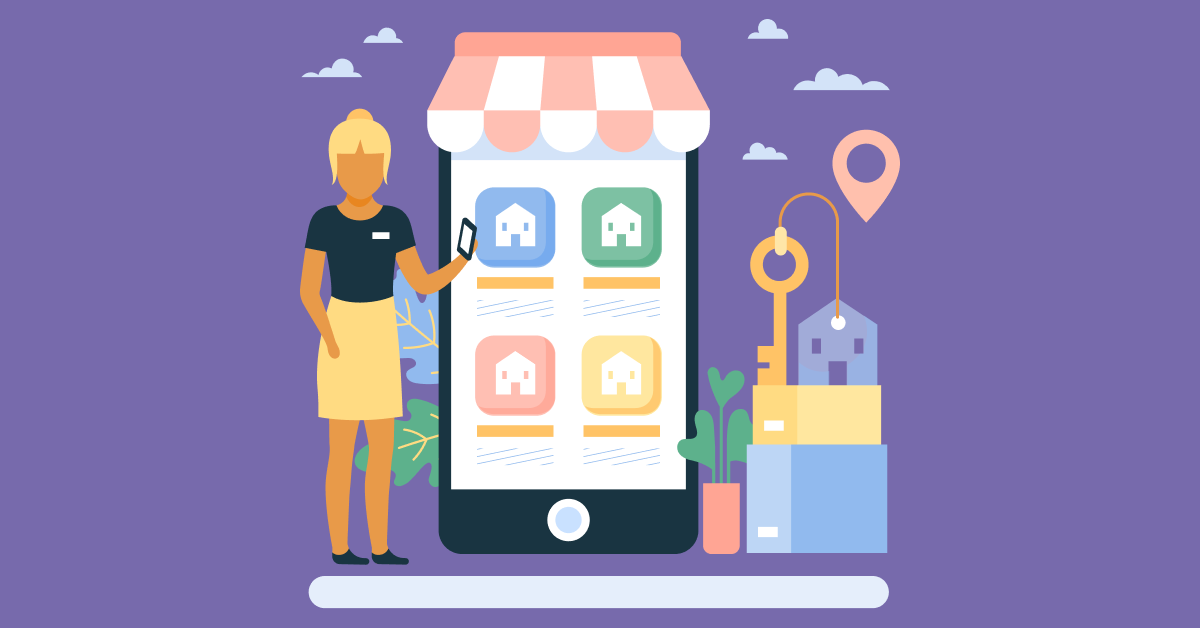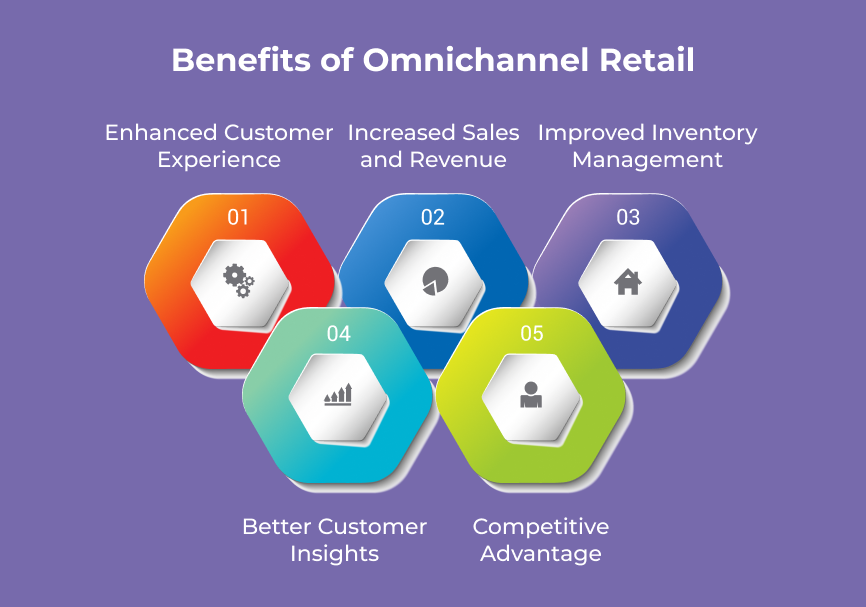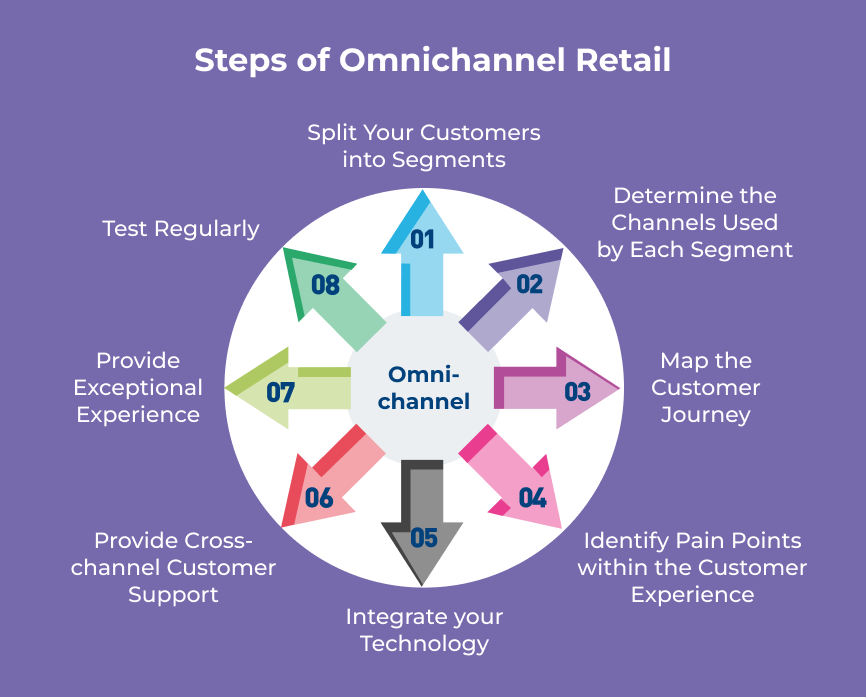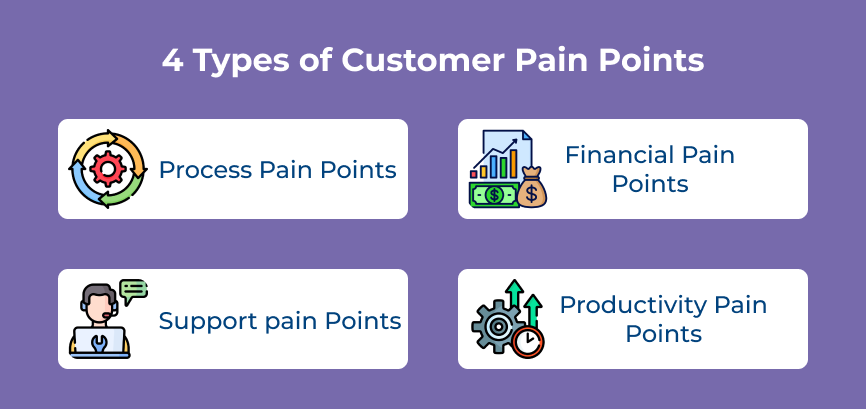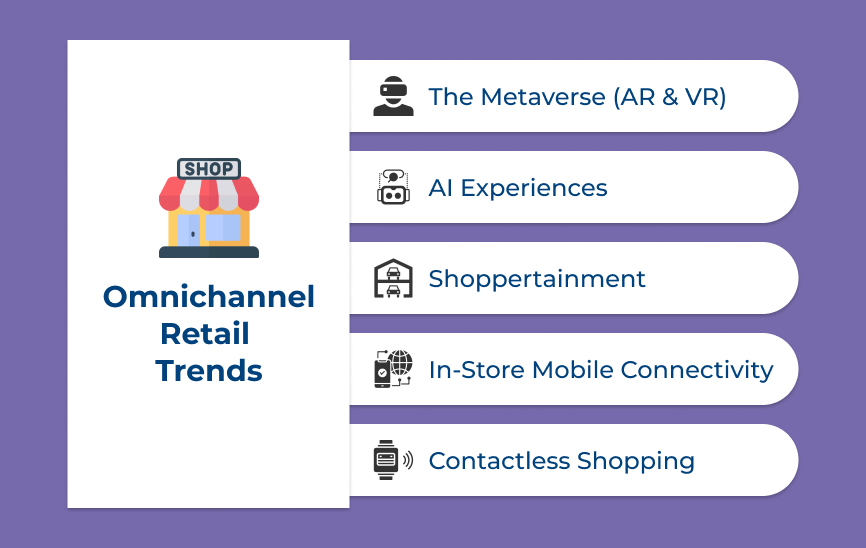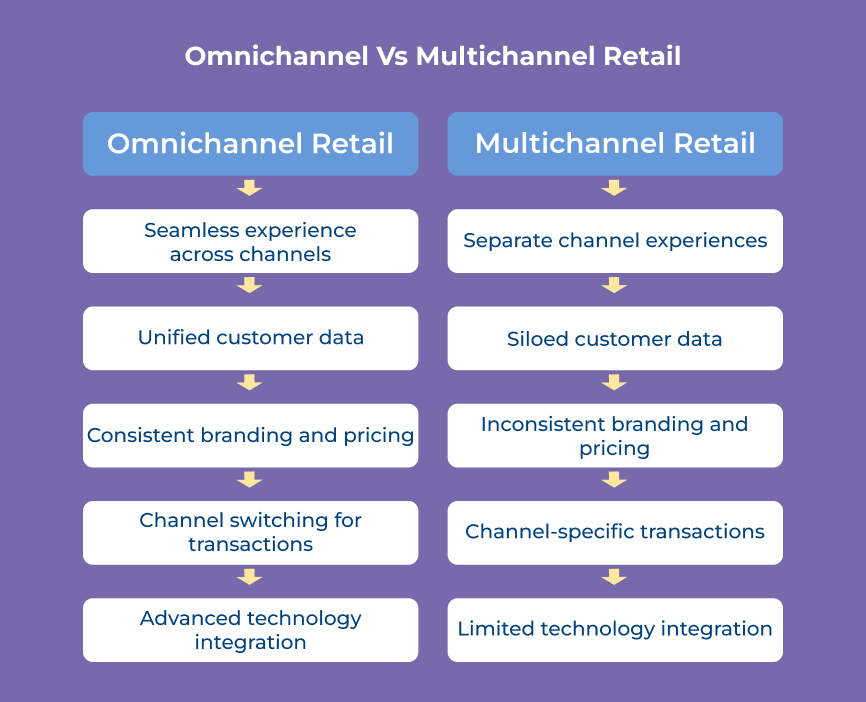Failure to properly identify pain points can hurt your omnichannel retail strategy. Let’s consider that customers have difficulty navigating your website to find specific products, they may become frustrated and abandon their purchase. Addressing the pain point can make it easier for customers to find what they are looking for.
Pro tips:
- Testing the shopping experience yourself to identify any issues firsthand.
- Monitor customer interactions across all channels to identify common issues.
- Utilize analytics tools to track customer behavior and pinpoint areas of friction in the shopping process.
5. Integrate your Technology
Integrating technology is a crucial step in building a successful omnichannel retailing strategy. Seamlessly connecting various technologies can provide a seamless experience for their customers. It not only improves customer satisfaction but also boosts sales and business growth.
Technologies that can be integrated to enhance your omnichannel selling strategy:
- Customer Relationship Management (CRM) software to track customer interactions and preferences.
- Point of Sale (POS) systems to streamline transactions and inventory management.
- E-commerce platforms to ensure a consistent shopping experience across all online channels.
- Mobile apps for personalized marketing access to products and services.
Let’s assume that by integrating CRM software with POS systems, retailers can track customer purchases in-store and online. It allows for targeted marketing campaigns and personalized recommendations.
Pro tips:
- Ensure compatibility between different systems to avoid technical issues.
- Train your staff on how to use the integrated technologies effectively.
- Continuously monitor your integrated systems to stay ahead of the competition and meet changing customer demands.
6. Provide Cross-channel Customer Support
Providing cross-channel customer support is a crucial step to building an omnichannel retail strategy. The approach involves seamlessly integrating customer support across multiple channels. It helps to provide a consistent and personalized experience for customers.
The goal of implementing cross-channel customer support is to enhance customer satisfaction, increase loyalty and drive sales. Customers can choose their preferred method of communication, by offering support through various channels. It leads to a more convenient and efficient shopping experience. Let’s consider that a customer has a question about a product they saw online. They should be able to easily switch to a different channel to get their answer without having to repeat themselves.
Pro tips:
- Invest in a customer relationship management (CRM) system to track customer interactions across different channels.
- Train your support team to be knowledgeable and proficient in handling inquiries across all channels.
- Use customer feedback to constantly improve and optimize your cross-channel support strategy.
7. Provide an Exceptional Customer Experience
Building a successful omnichannel retail strategy is crucial to provide an exceptional customer experience during both pre and post-purchase. It ensures that your customers have a seamless shopping journey, regardless of the channel they choose. You can increase satisfaction and drive sales by focusing on delivering outstanding customer service at every touchpoint.
Let’s assume that offering personalized recommendations based on a customer’s past purchases or browsing history can enhance their experience. Providing multiple channels for customer support, such as live chat, email and social media. It can make it easier for customers to reach out with any questions or concerns.
Pro tips:
- Implementing a user-friendly website design for easy navigation and a seamless checkout process.
- Sending personalized follow-up emails or messages after purchase to thank customers and gather feedback.
- Offering hassle-free returns and exchange policies to show customers that their satisfaction is a top priority.
8. Test Regularly
Testing regularly is a crucial step in building your omnichannel retailing strategy. Constantly testing your strategies can ensure that your customers have a seamless experience. One reason why testing regularly is important is that it allows you to identify any issues or inefficiencies in your omnichannel approach.
Let’s consider that by testing different messaging or offers on your website, mobile app and social media platforms, you can see which ones resonate best with your customers. Testing regularly can help you stay ahead of the competition and adapt to changing consumer preferences. Consistently monitoring the performance of your omnichannel efforts can make informed decisions on how to optimize your strategy.
Pro tips:
- A/B testing to compare different versions of your campaigns
- Leveraging analytics tools to track customer behavior across channels
- Seeking feedback from customers to gain valuable insights for improvement.
Omnichannel Retail Trends for 2025 and Beyond
Below are the key omnichannel retail trends poised to redefine the shopping experience in the coming years and discover how businesses can effectively integrate these trends to drive customer satisfaction.
